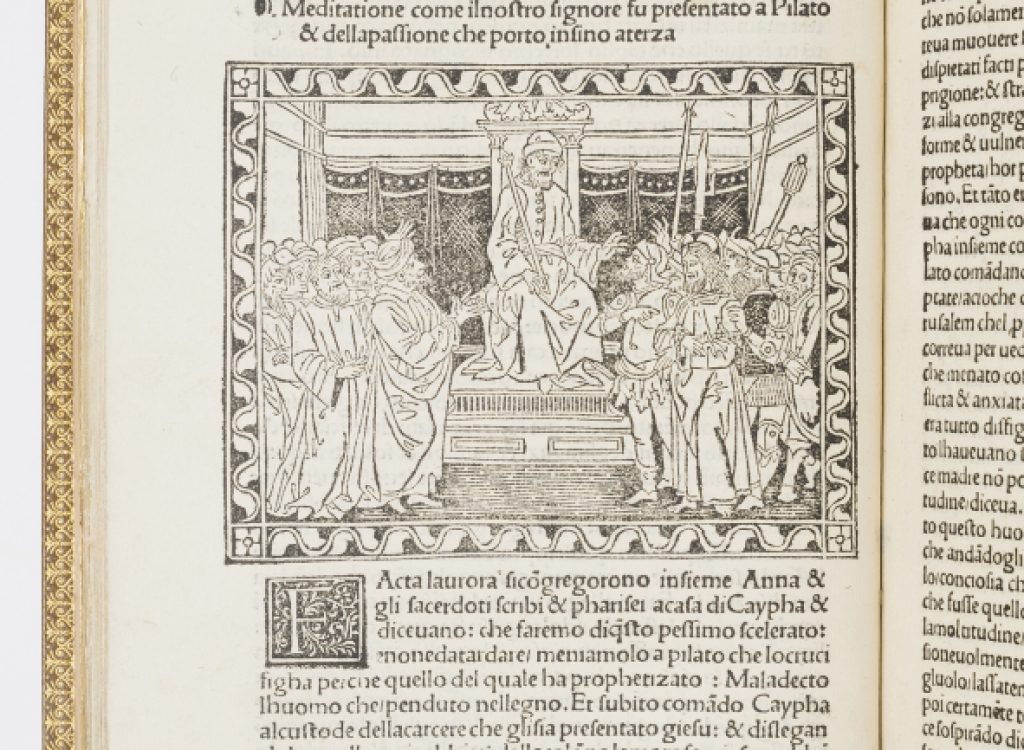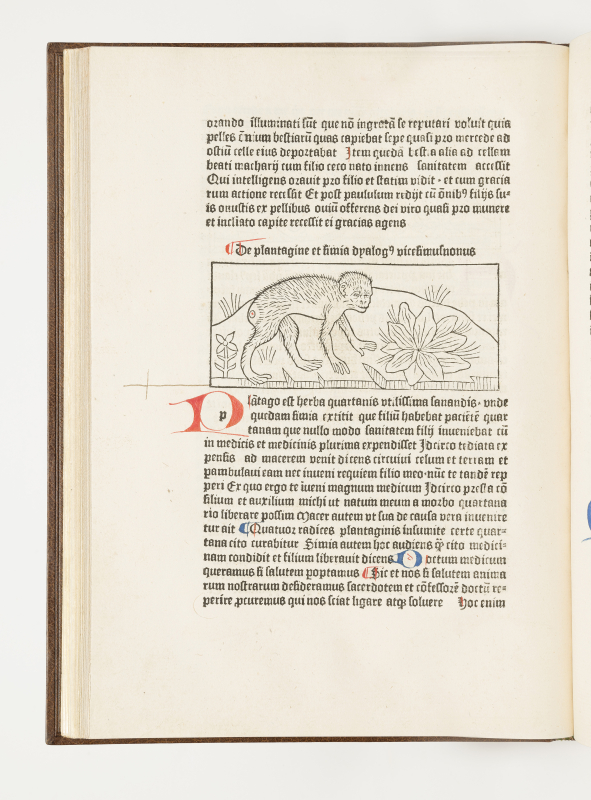What is an incunabula?
The word intrigues, sometimes impresses: incunabula. However, it refers to a very specific type of ancient book, participating in the history of the book in the same way as the medieval manuscript and the modern printed book.
In this article, we simply explain what an incunabula is, why it’s rare and precious, and what it represents in the history of print.
What exactly is an incunabula?
The term incunabula comes from the Latin incunabula, meaning “ cradle ”. So we’re talking about books from the dawn of printing.
An incunabula is a work printed between 1450 (the invention of movable type printing by Gutenberg) and December 31, 1500. This limit is set by bibliographic convention.
Gutenberg and movable type: a revolution
Johannes Gutenberg invented movable metal type around 1450 in Mainz. This major innovation makes it possible to print faster and in greater numbers than with manual processes.
Thanks to him, European printing entered a new era: that of the reproducible book, which revolutionized the spread of knowledge in the 15th century.

Unlike manuscripts, which are entirely handwritten, the incunabula is a printed book. It marks a decisive transition in the history of the book : from copyist to typographer.
Where manuscripts are unique by nature, each incunabula belongs to a multiple edition, while often retaining decorative manuscript elements (lettering, titles, rubrications) that bear witness to this period of adaptation between the world of gesture and that of the press.
Examples from the Librairie Clavreuil
📚 Would you like to find out more about incunabula or discover the ones we offer?
📩 For any question, valuation or project involving an antiquarian book :
➡️ Contact us


